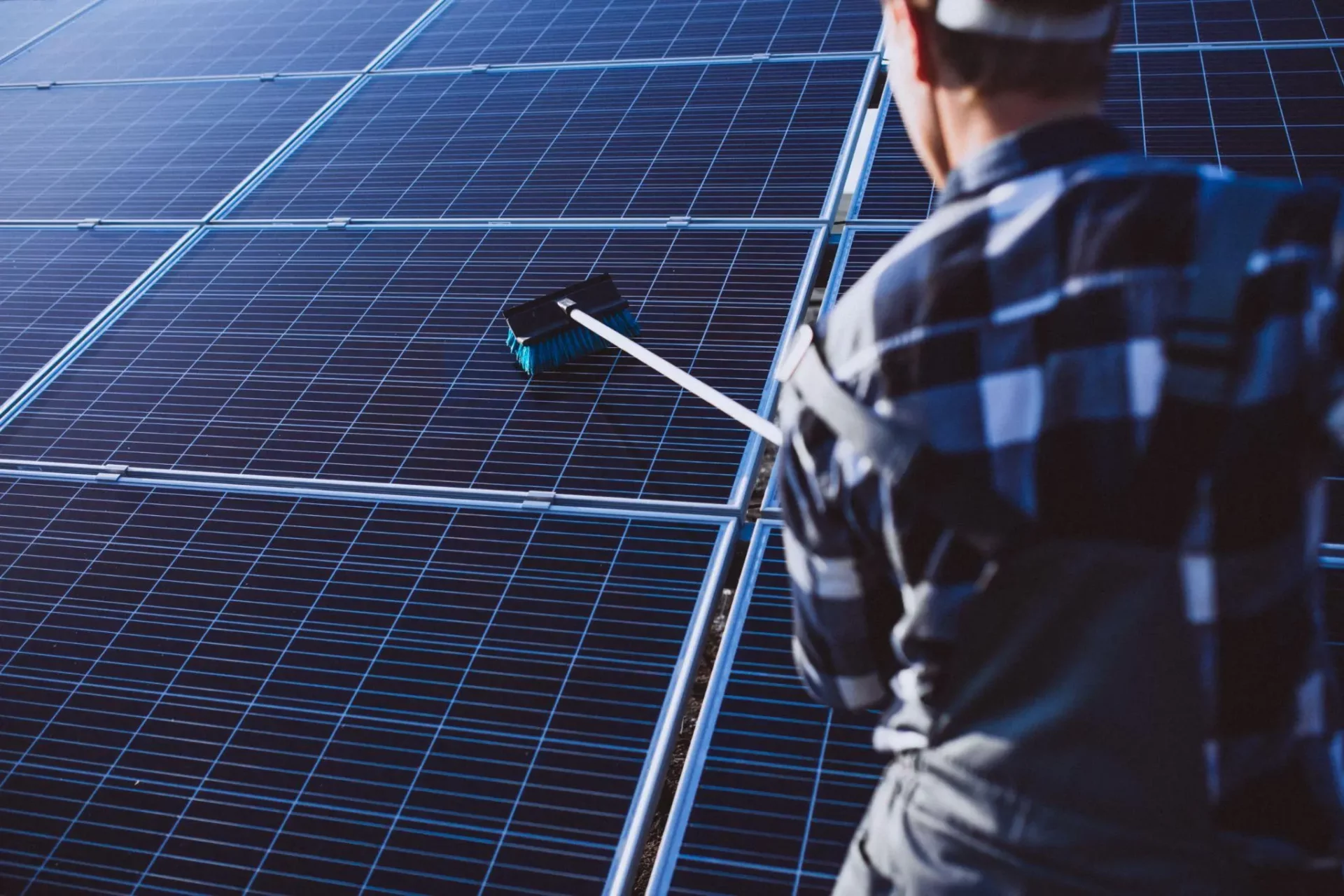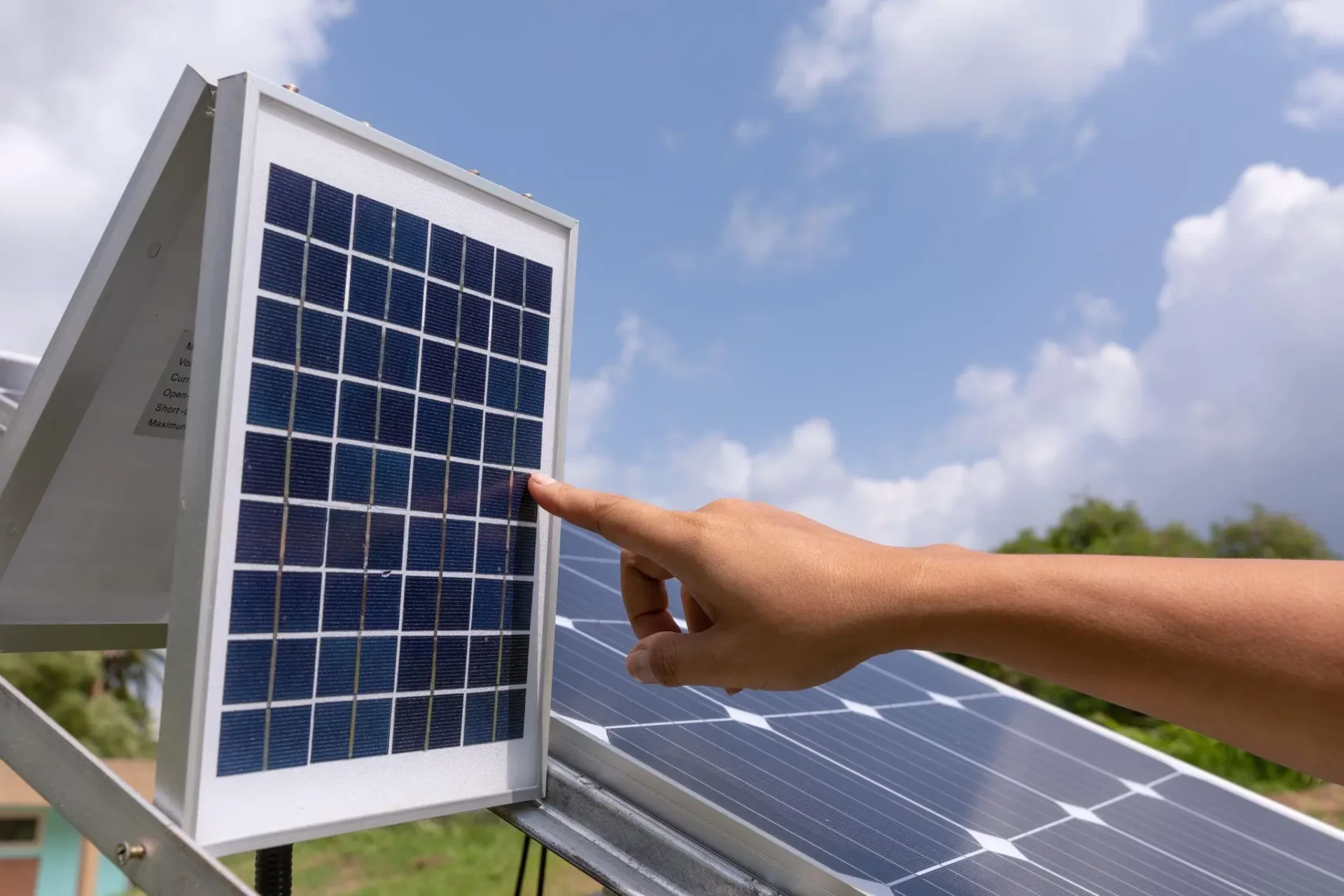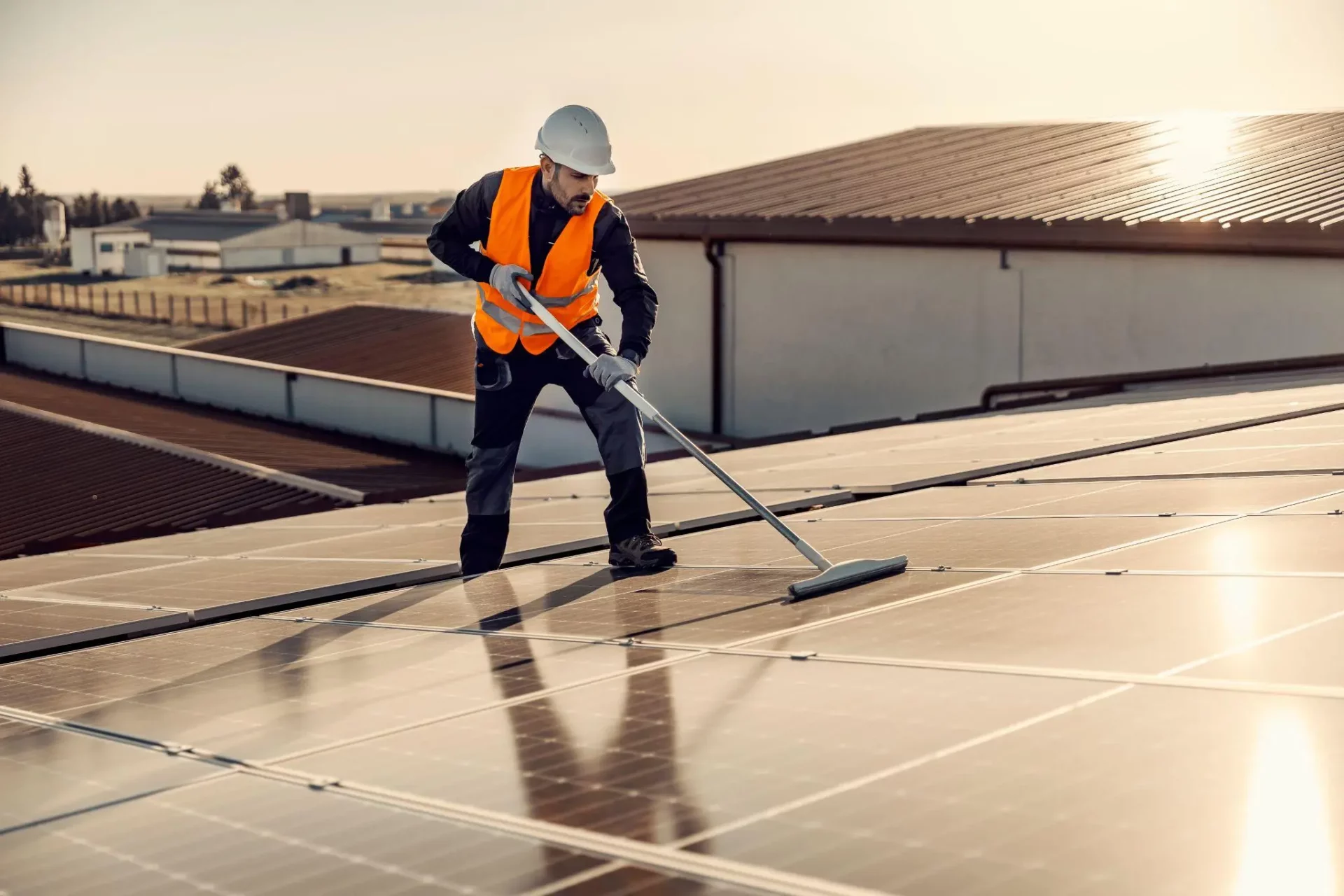Solar light panels are an eco-friendly option for outdoor lighting, harnessing the sun’s power to illuminate gardens, pathways, and landscapes. Over time, however, these panels can accumulate dirt, dust, and other residues that can hinder their ability to charge effectively. Regular cleaning ensures that the solar panels operate at peak efficiency, capturing as much sunlight as possible during the day to power the lights at night.

The process of cleaning solar light panels is straightforward and does not require specialized equipment. A key step is the removal of loose debris with a soft, damp cloth to prevent scratching the surface. Ensuring the panels are free from obstructions allows for maximum light absorption. For optimal performance, users should maintain a routine cleaning schedule, adapting the frequency of cleaning to the environmental conditions to which their solar lights are exposed.

Solar lights consist of several critical components that must work in harmony to efficiently convert solar energy into electrical light. Maintaining these parts is essential to their performance and longevity.
The typical solar light system is comprised of solar panels, LED bulbs, and batteries. The solar panel is the energy-harvesting component that transforms sunlight into electrical energy. LED bulbs provide efficient lighting, and they are preferred due to their longevity and low energy consumption. The electrical energy is stored in batteries, usually rechargeable, that power the LED bulbs.
Without regular cleaning, the accumulation of dirt and debris can obstruct sunlight from reaching the solar panel, significantly reducing the energy conversion efficiency. Clean solar panels can absorb sunlight more effectively, ensuring the batteries are adequately charged, and the LEDs perform optimally.
Dirt and debris pose a risk beyond efficiency loss; they can also cause physical damage to the solar light’s components. Prolonged exposure to dirt can lead to the degradation of solar panel surfaces, while debris can lead to scratches or cracks, potentially damaging the system’s integrity and shortening its lifespan.
Maintaining solar light panels involves regular cleaning to ensure optimal performance. Third-person guidelines dictate using specific materials and adhering to safety standards.
Before beginning the cleaning process, it’s crucial to take certain safety measures. Turn off the solar lights to avoid electrical hazards. Wear gloves to protect your hands from dirt and potentially sharp edges on the solar light panels.
For general maintenance, use a soft cloth or sponge to gently wipe down the surface of the solar panels. If the panels are particularly dirty, employ a cleaning solution composed of soapy water and a mild detergent. Apply the mixture with a cloth or sponge, and rinse with water to ensure no soap residue remains.
The following table outlines the materials necessary for cleaning solar light panels:
| Material | Use |
| Soft cloth or sponge | To wipe the surface, avoiding scratches |
| Soapy water | To create a cleaning solution |
| Mild detergent | To mix with water for the cleaning solution |
| Gloves | To protect hands during the cleaning process |
| Water | For rinsing away cleaning solution residue |
Use these materials judiciously to preserve the integrity of the solar light panels while removing accumulated debris.
Regular cleaning of solar light panels is essential for optimal performance. This section details a comprehensive approach to maintaining clarity and functionality.
The initial step involves brushing off loose dust and wiping away grime. One should:
Occasionally, solar panels require a more intensive cleaning to deal with stubborn dirt:
Proper maintenance extends the life of solar lights:
Preventive maintenance is essential for outdoor solar lights to ensure their longevity and optimal performance. Specific measures such as inspection routines and strategic positioning protect the units from environmental factors, which may affect their functionality and lead to corrosion if left unchecked.
Regular inspections are crucial in detecting early signs of wear or damage that could impede solar light performance. One should:
To maintain energy efficiency, solar lights require full sunlight exposure. Here’s what to consider:
Environmental factors like weather conditions play a role in the maintenance of solar lights:

To capitalize on the benefits of solar lights in outdoor spaces, one must focus on aesthetic enhancement, optimal fixture placement, and eco-friendly cleaning methods.
Outdoor solar lights are instrumental in accentuating the beauty of gardens, pathways, and architectural features. Regular cleaning of the solar panels and fixtures ensures that the lights continue to shine brightly, highlighting shrubs and trees and creating a welcoming ambiance. It’s critical to maintain the panels’ cleanliness to prevent any interference with solar energy absorption, which can dim the lights and detract from the outdoor area’s charm.
Strategic placement of solar fixtures contributes to optimal illumination and energy efficiency. One should place solar lights where they can receive maximum sunlight during the day, away from shade cast by buildings, trees, or other structures. To maximize electricity generation, the angle of the solar panels may need adjustment as the seasons change, ensuring that the panels capture solar energy effectively throughout the year.
Eco-friendly cleaning is vital for maintaining solar garden lights and supporting sustainable outdoor lighting practices. Here’s a simple cleaning method that minimizes environmental impact:
By adhering to these practices, one ensures that solar lights continue to illuminate outdoor spaces efficiently without relying on additional electricity, thus supporting an eco-friendly environment.

Maintaining the cleanliness of solar light panels is crucial for ensuring their efficiency and longevity. Regular cleaning routines can remove obstructions such as dust, dirt, and debris that compromise the lights’ ability to absorb sunlight. Here are some concise steps and reminders for solar light maintenance:
One’s efforts in preserving and cleaning solar lighting systems are both environmentally and economically beneficial. It is not just a routine; it is a commitment to sustainable living practices that yield returns through extended device functionality and energy savings.